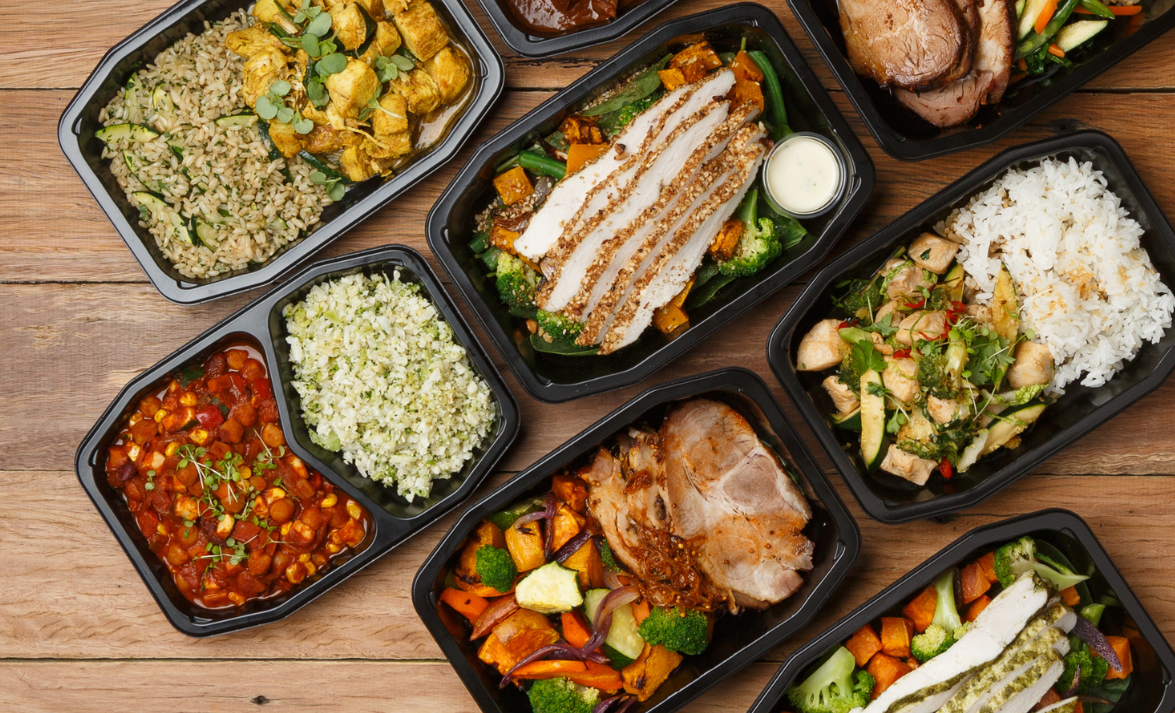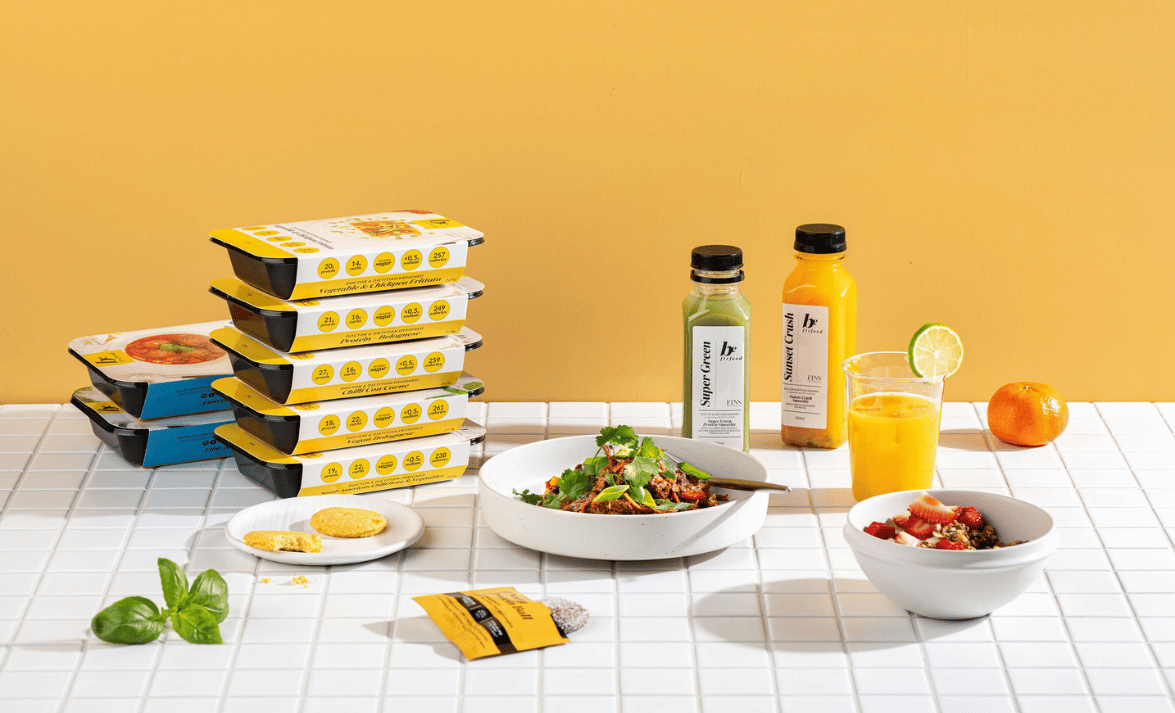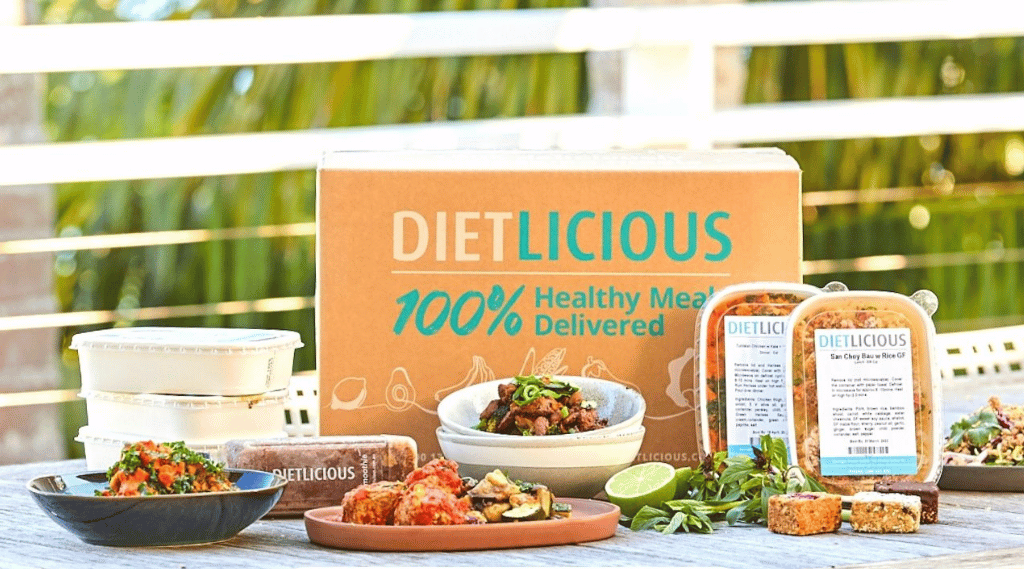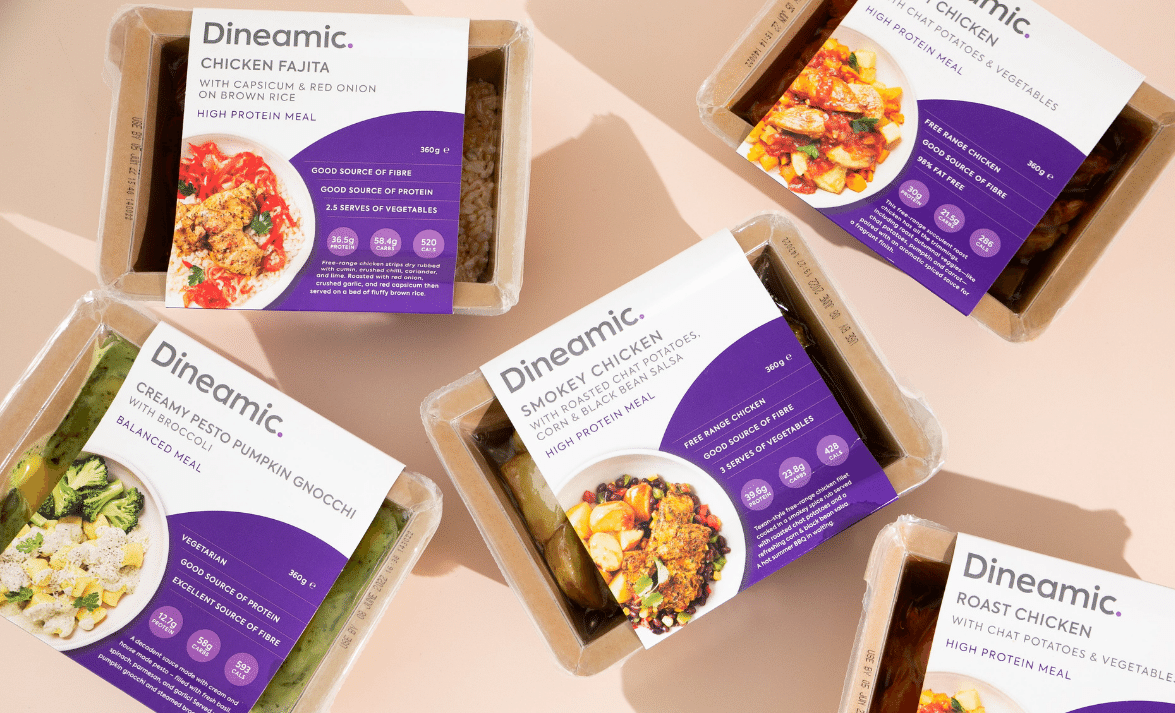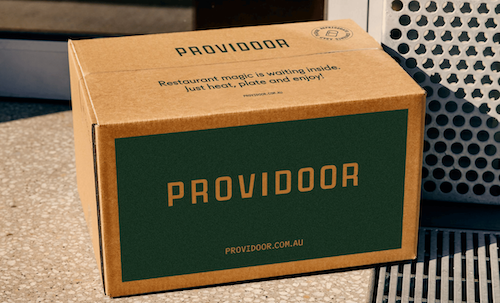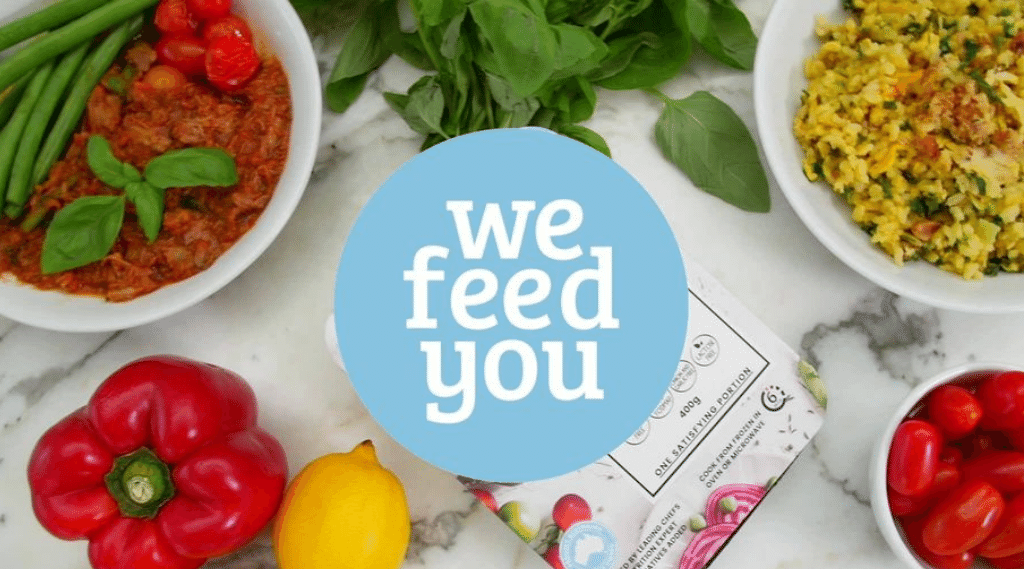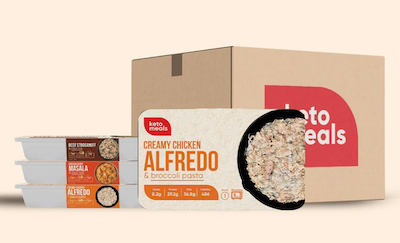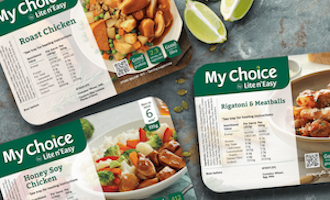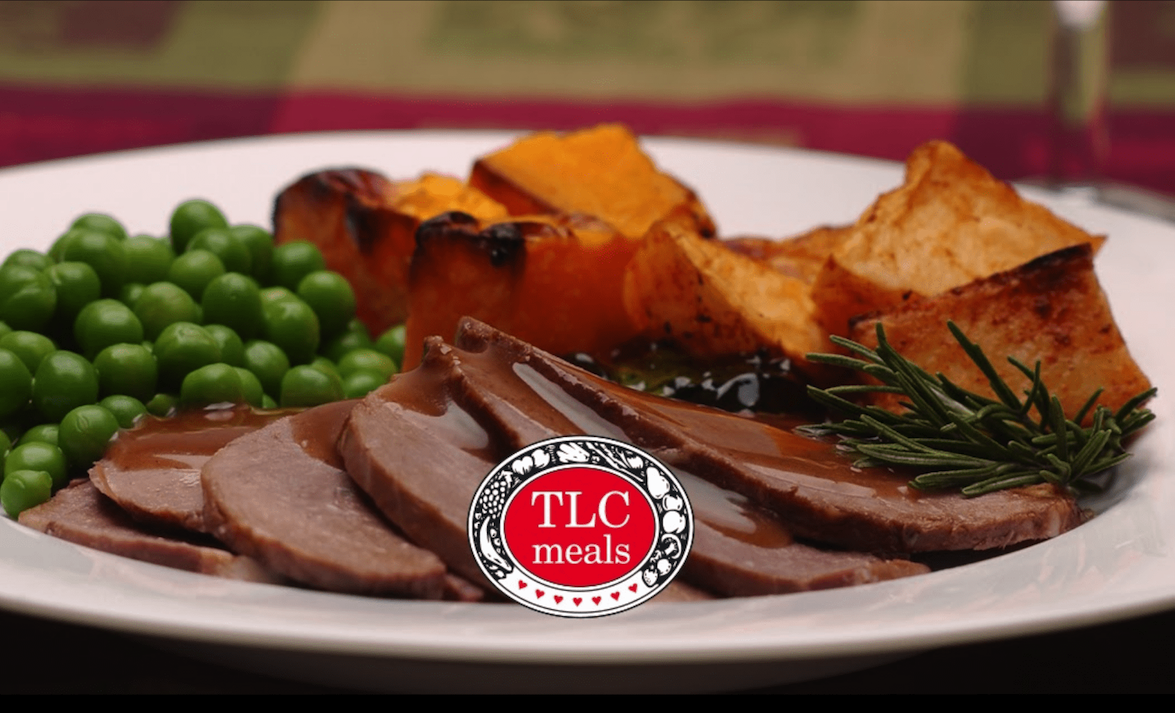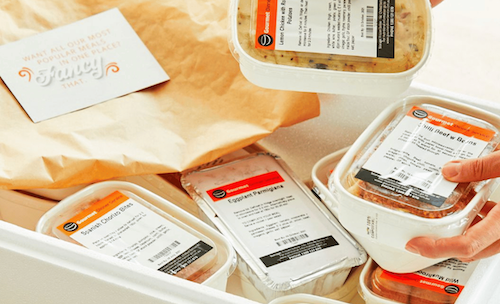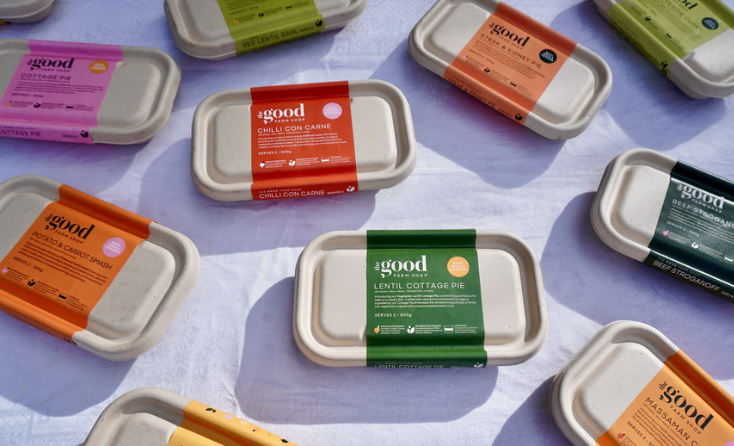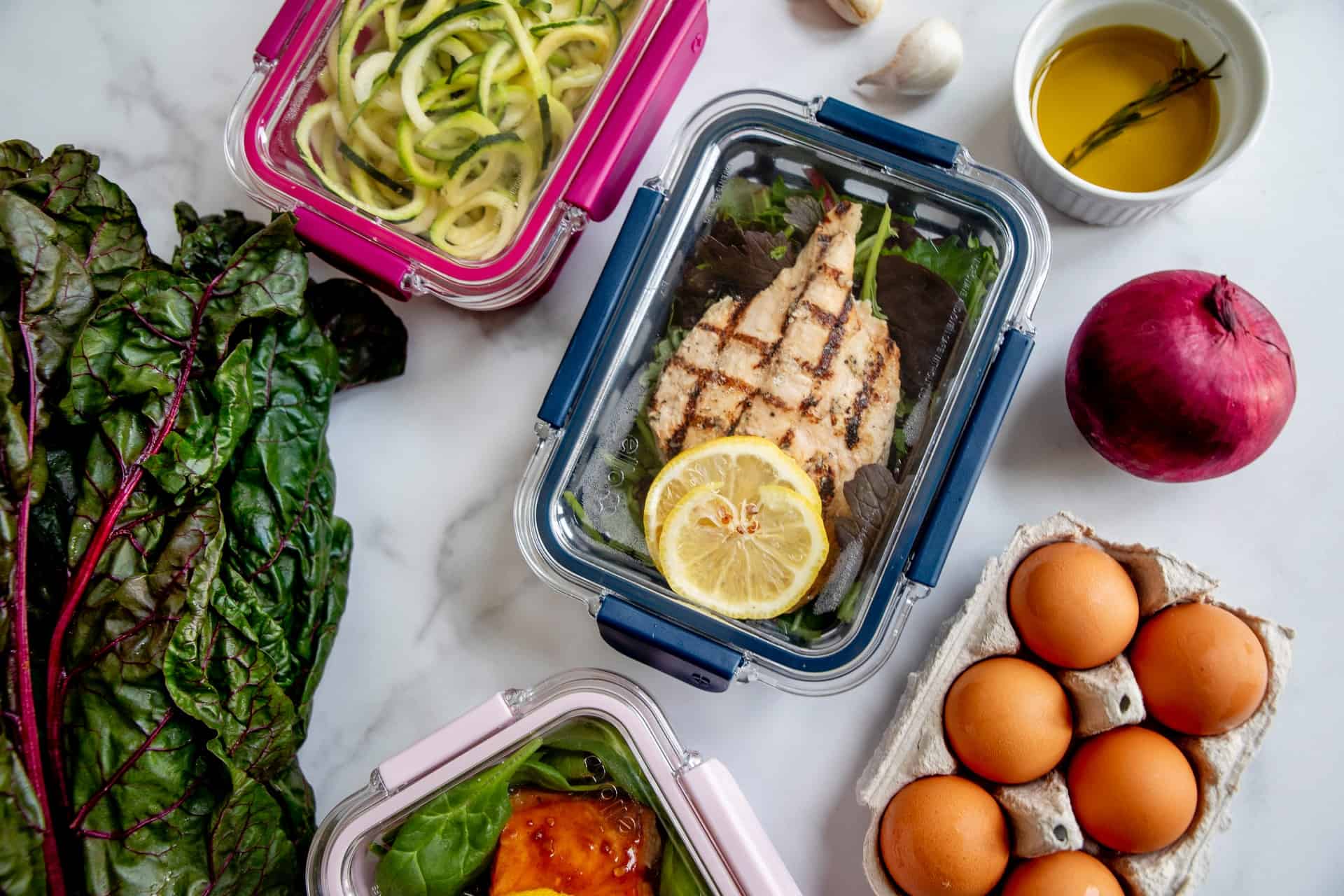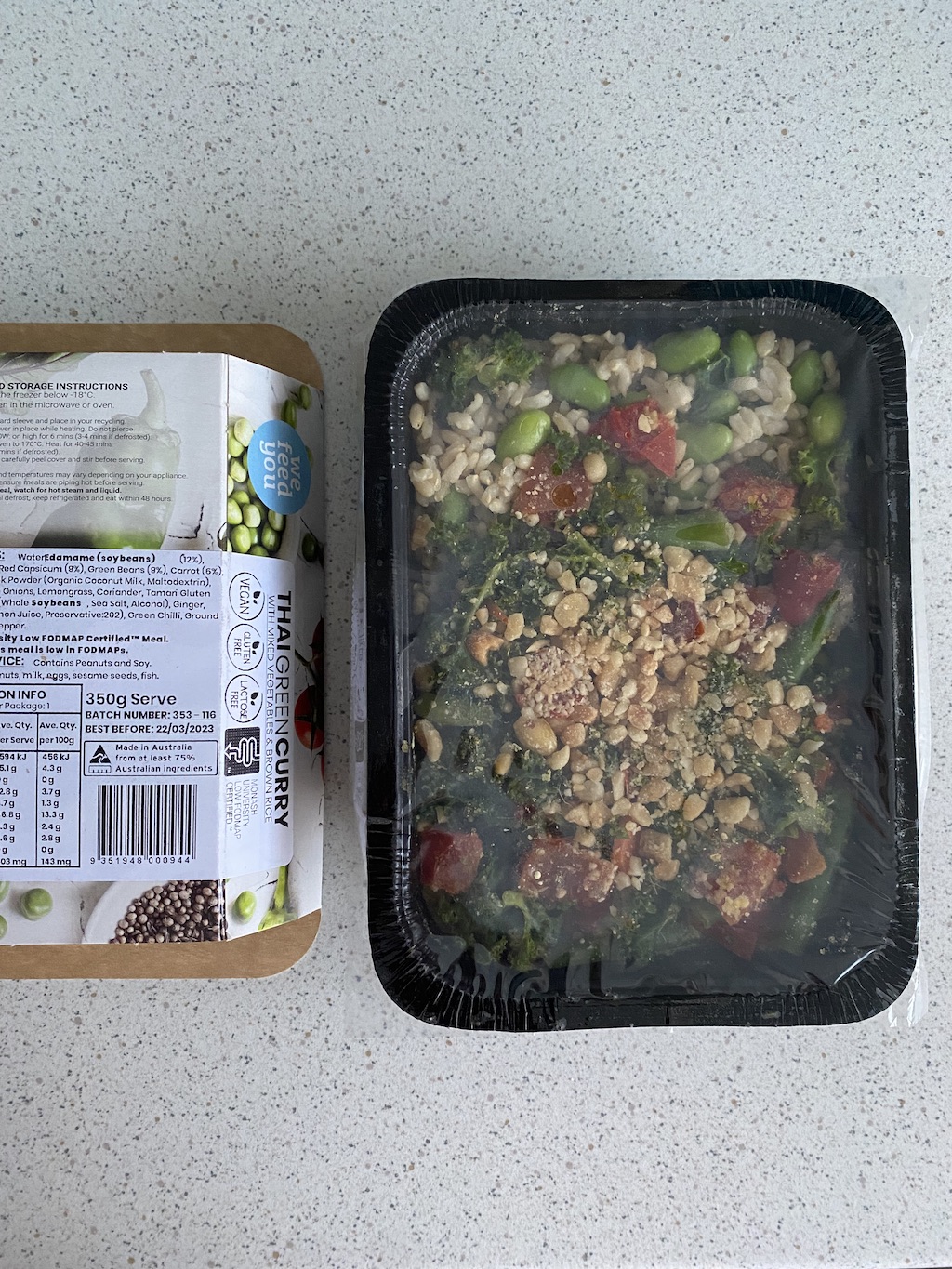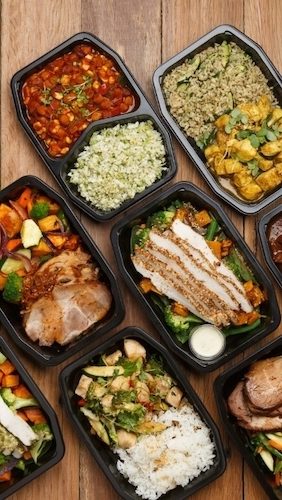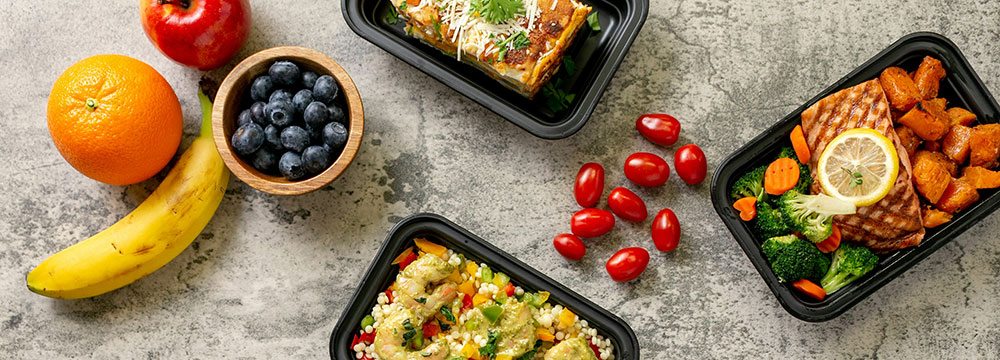- Meal Delivery
Shop by Category
TOP PROVIDERS
POPULAR SEARCHES
Meal Finder Tool
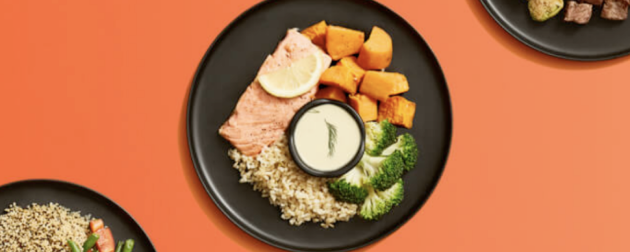
Use our meal finder quiz to find the best meal delivery service for you.
- Vitamin & Supplements
- Deals
- About
- Blog
Frozen Meal Delivery
Frozen Meal Delivery
Are you looking for frozen meals delivered straight to your door? Look no further, WellHub has you sorted! We’ve gathered some of the best Australian frozen meal delivery services and compared them to give you the information you need before purchasing your next meal.
Get personalised meal recommendations
Compare Frozen Meal Delivery
Advertiser Discolure Advertiser DiscolureActivate Foods creates dietitian-approved meals for time-poor and busy individuals. All meals are made to order with the choice of …
NSW
$10.50/serve
$30 off first purchase! Get Deal
Be Fit Food creates science-back meals and programs to help individuals lose weight. The dietitian-approved meals are based on the …
NSW, VIC, ACT, QLD, SA, WA
$8.30/serve
$30 off your first order! Get Deal
Dietlicious is a flexible meal service that offers high protein, low salt, and weight loss friendly ready-to-eat meals with no …
NSW, VIC, ACT, QLD
$13.50/serve
$40 off across your first two boxes Get Deal
Dineamic is a carbon neutral company that sources local ingredients to create delicious, ready-made meals. Dineamic offers a selection of …
NSW, VIC, ACT, QLD, SA, WA, TAS
$11.50/serve
Gourmet meals are created following the Australian Guidelines for Healthy Eating and the Food Standards Australia and New Zealand. They …
NSW, VIC, ACT, QLD, NT, SA, WA, TAS
$10.55/serve
Providoor supplies restaurant quality, snap frozen meals that preserve the flavour and freshness of the food. Featuring meals prepared by …
NSW, VIC, QLD
$13.00/serve
We Feed You create healthy, ready-made meals delivered frozen. Meals are prepared by chefs and Nutritionists and use high-quality, local …
NSW, VIC, ACT, QLD
$11.95/serve
The Dinner Ladies deliver delicious home-cooked frozen meals to NSW, QLD, ACT, VIC and SA. They tailor ready-to-eat meals, made …
NSW, VIC, ACT, QLD, NT, SA, WA, TAS
$14.90/serve
Get 5% OFF your order! Get Deal
Keto Meals is your go-to source for delicious and healthy keto-ready meals delivered right to your door across Australia. They …
NSW, VIC, ACT, QLD, NT, SA, WA, TAS
$16.90/serve
Lite n’ Easy is a popular Australian meal delivery service that offers a range of meals designed to promote healthy …
NSW, VIC, ACT, QLD, NT, SA, WA, TAS
$9.00/serve
Tender Loving Cuisine offers a variety of prepared meals by in-house nutritionists and caters to dietary requirements such as weight …
NSW, VIC, ACT, QLD
$5.30/serve
Iku is 100% vegan and specialises in pre-made macrobiotic plant-based meals full of nutrients and flavour. You can pick and …
NSW, VIC, ACT, QLD
$11.95/serve
$30 off your first order Get Deal
Gourmet Dinner Service prioritizes making healthy meals with 100% real ingredients ridiculously convenient. Founded by masterchef Janel Horton, Gourmet Dinner …
NSW, VIC, ACT, QLD
$14/serve
The Good Farm Shop challenges the status quo by making real food convenient without compromising human health, land ecology or …
NSW, VIC, ACT, QLD, SA, TAS
$10.00/serve

